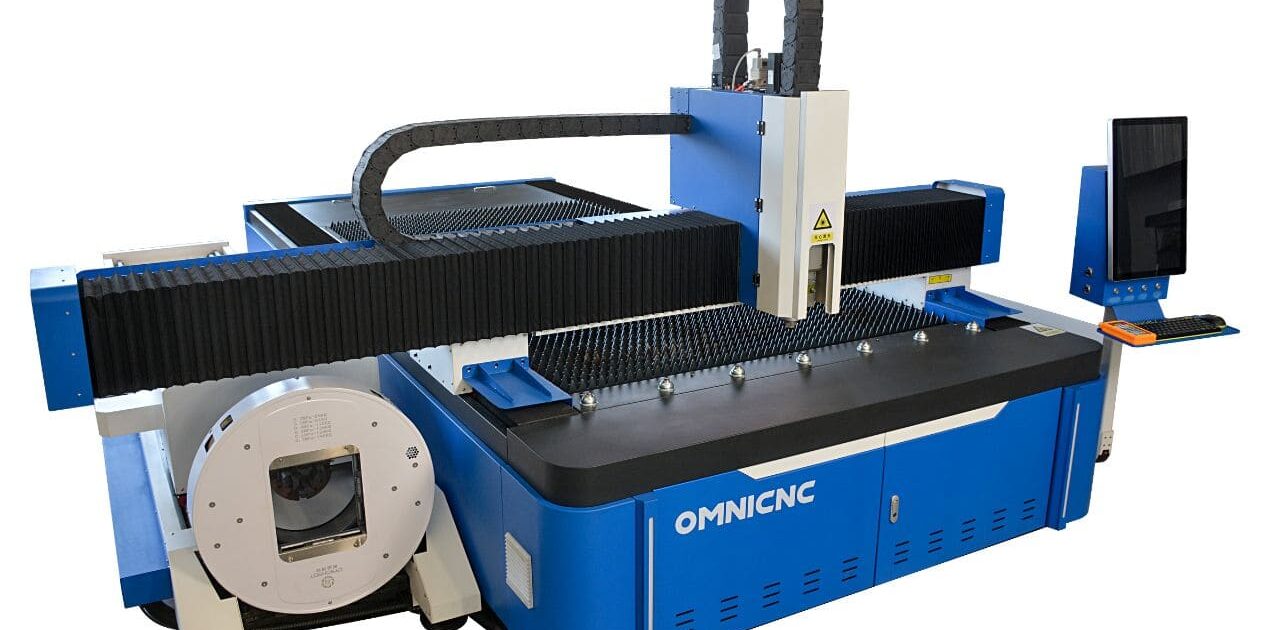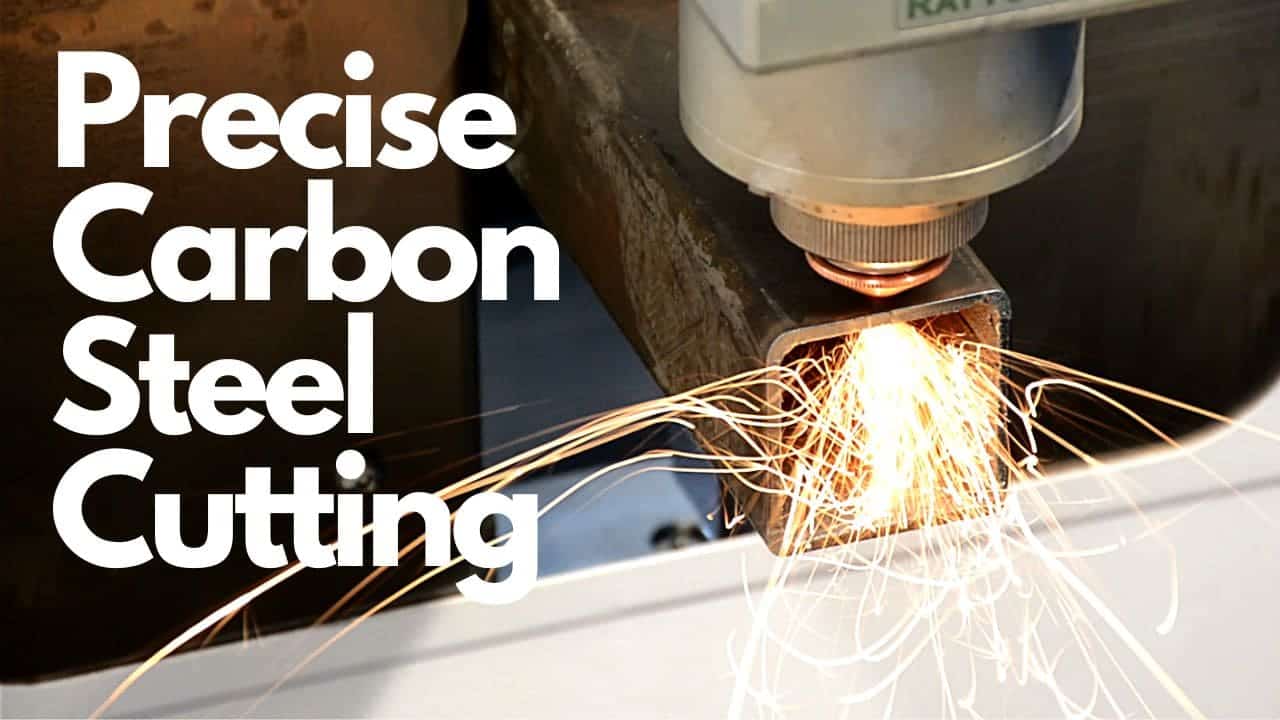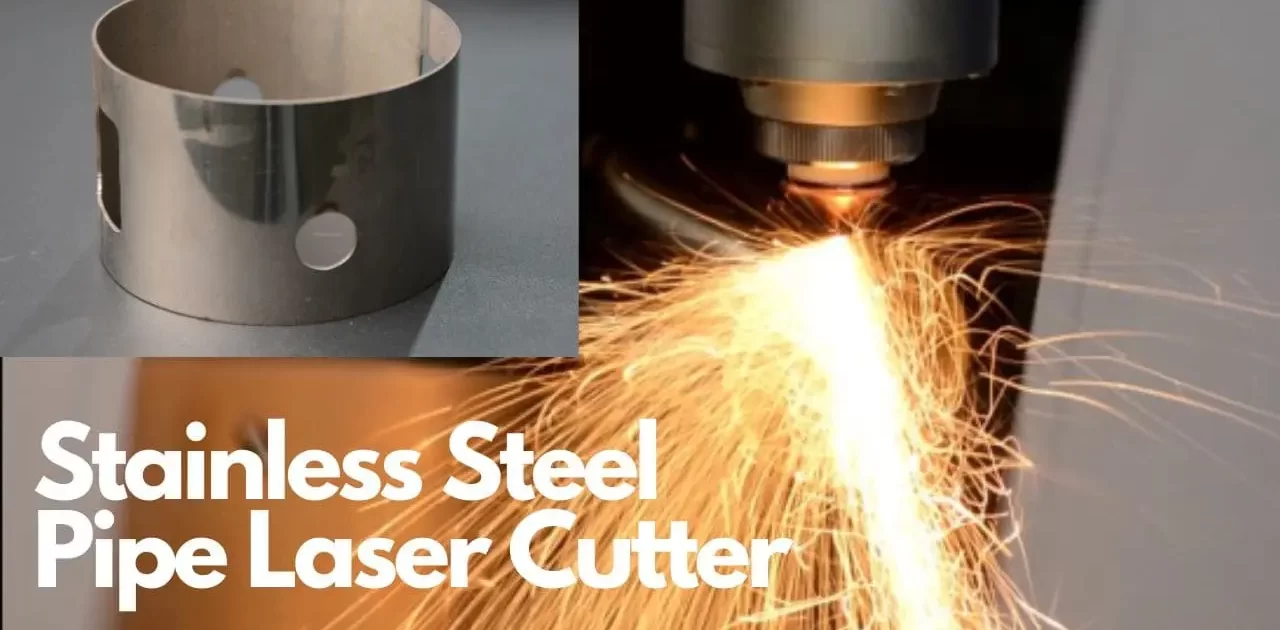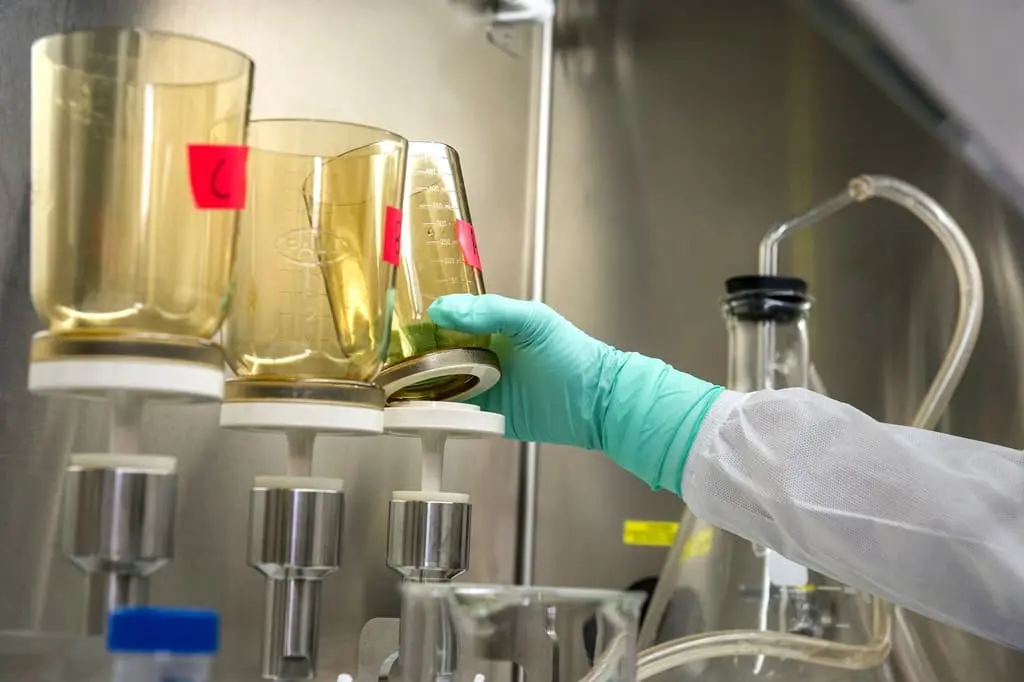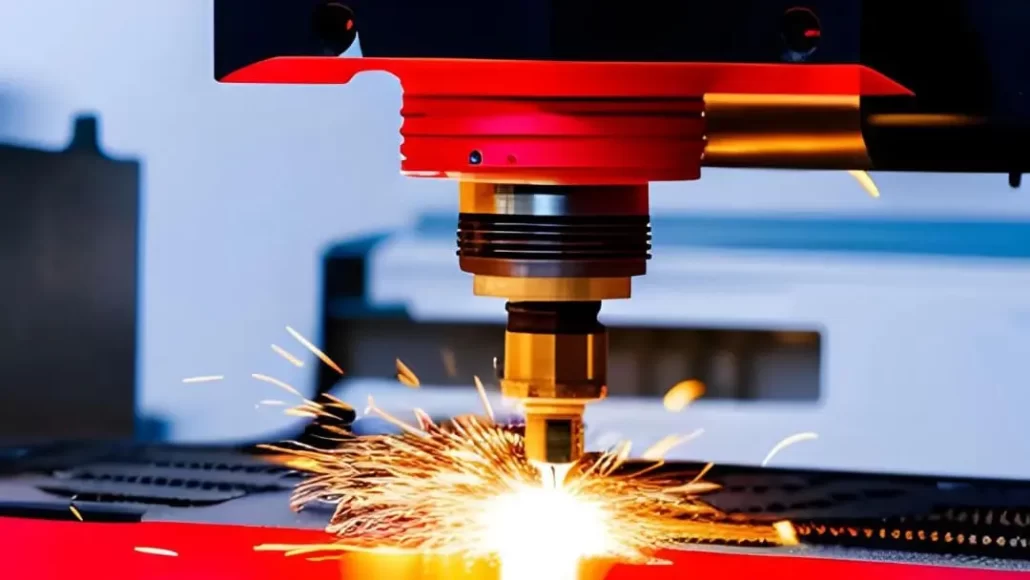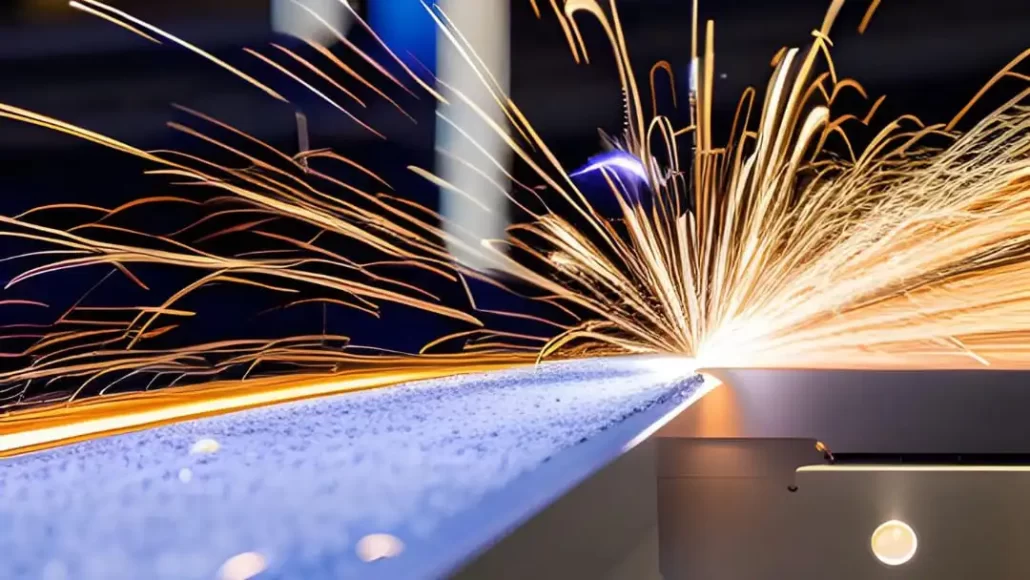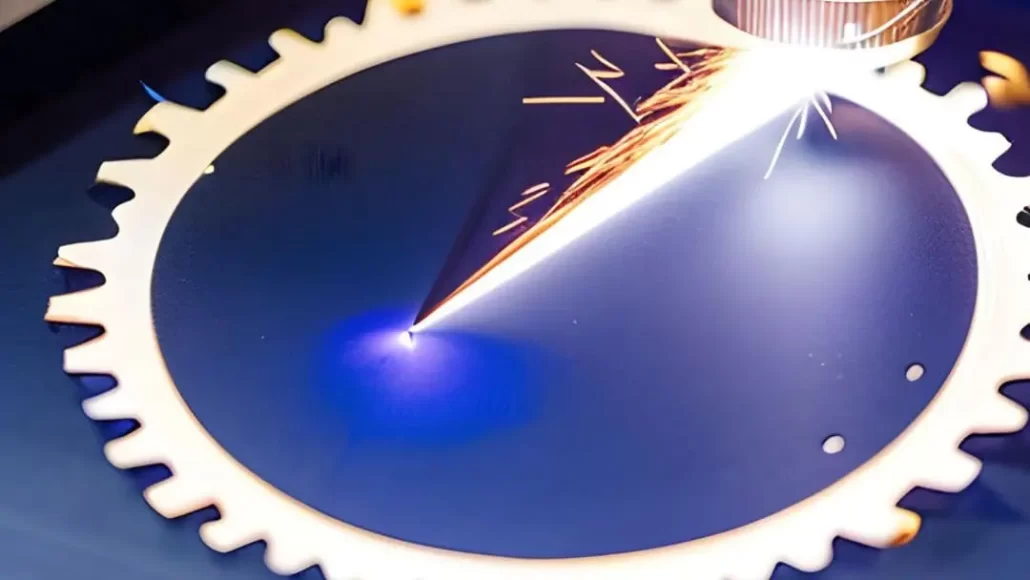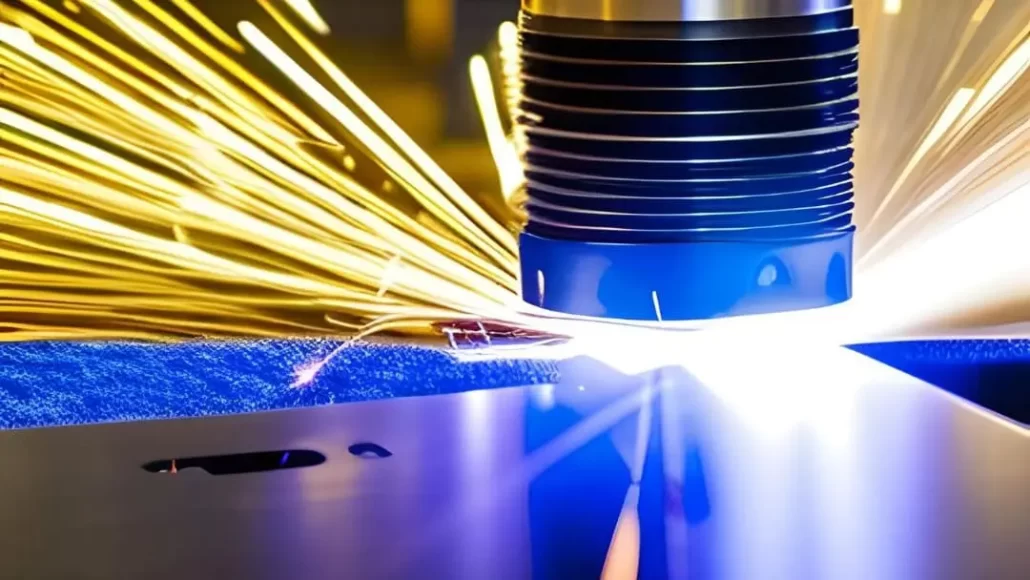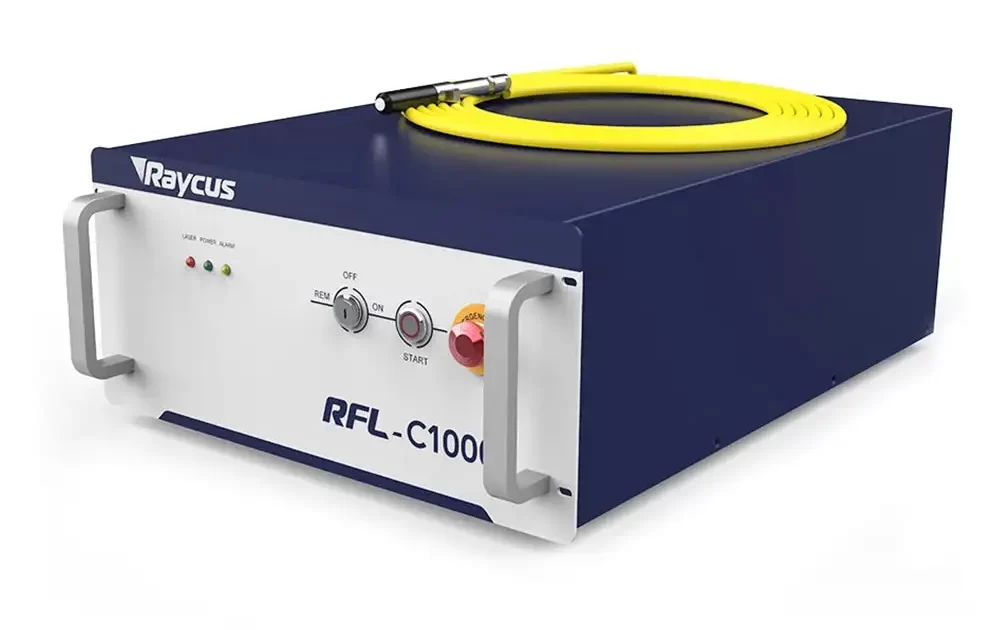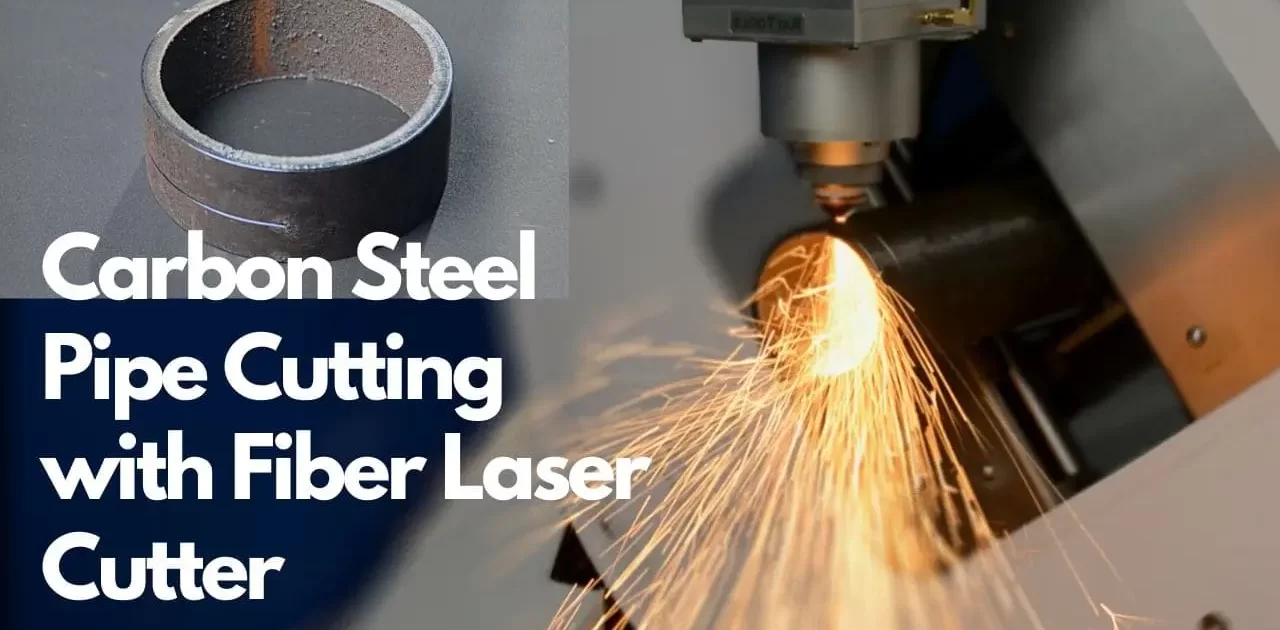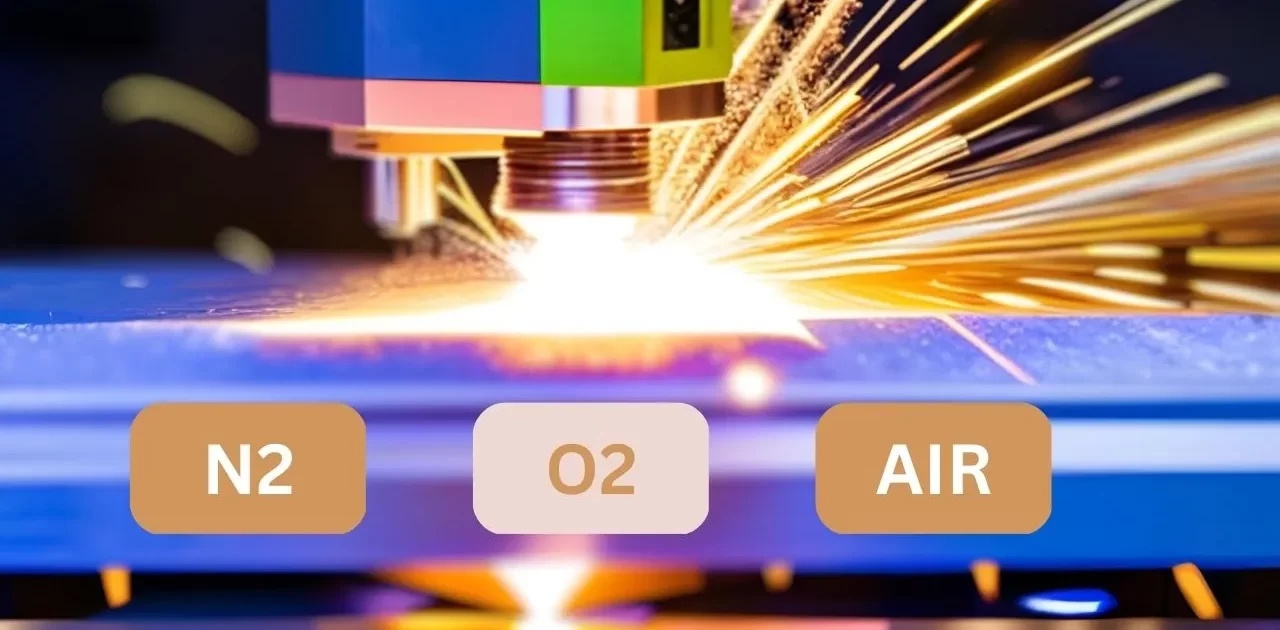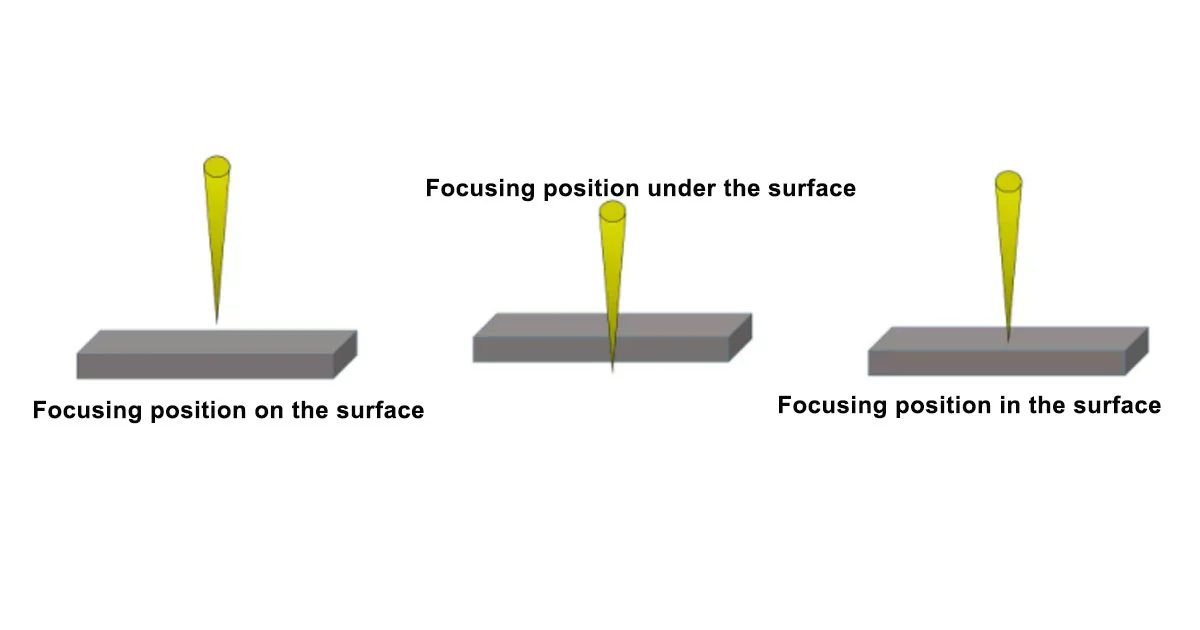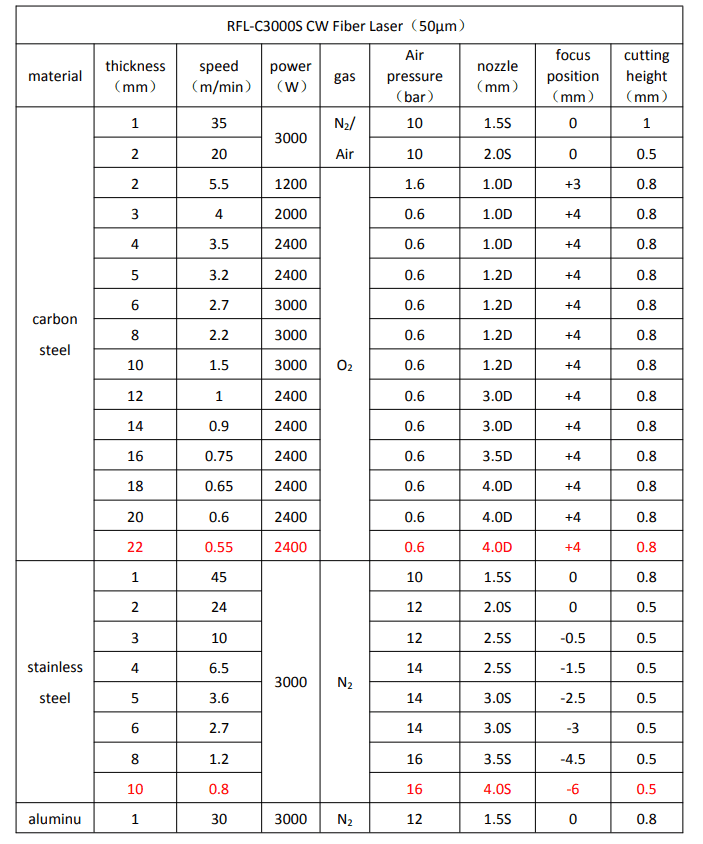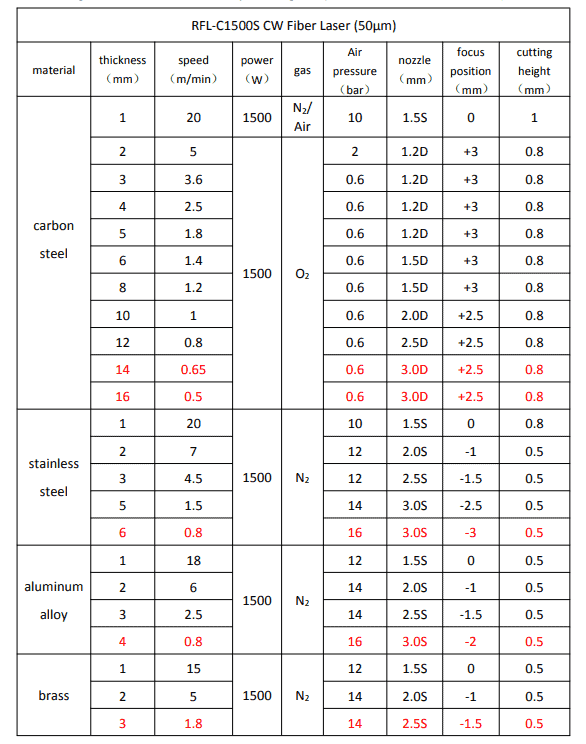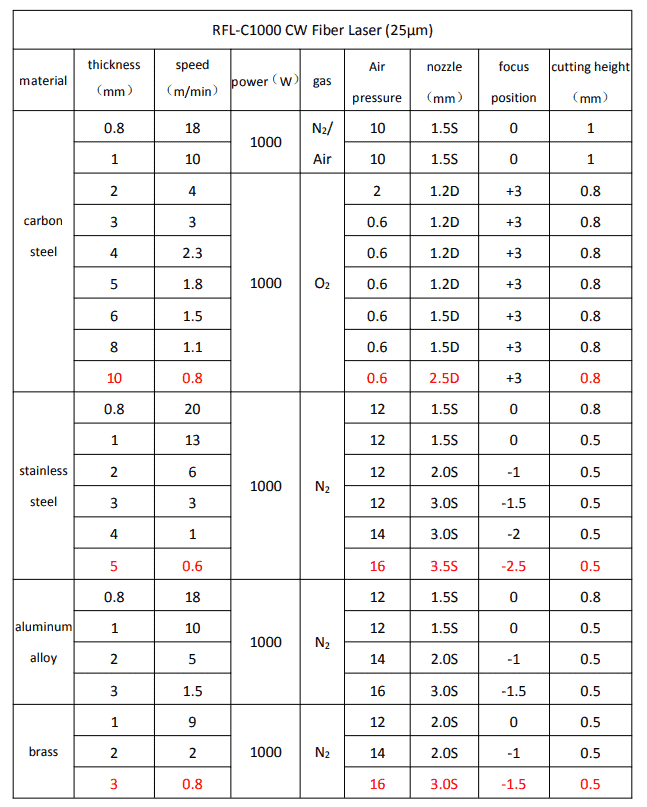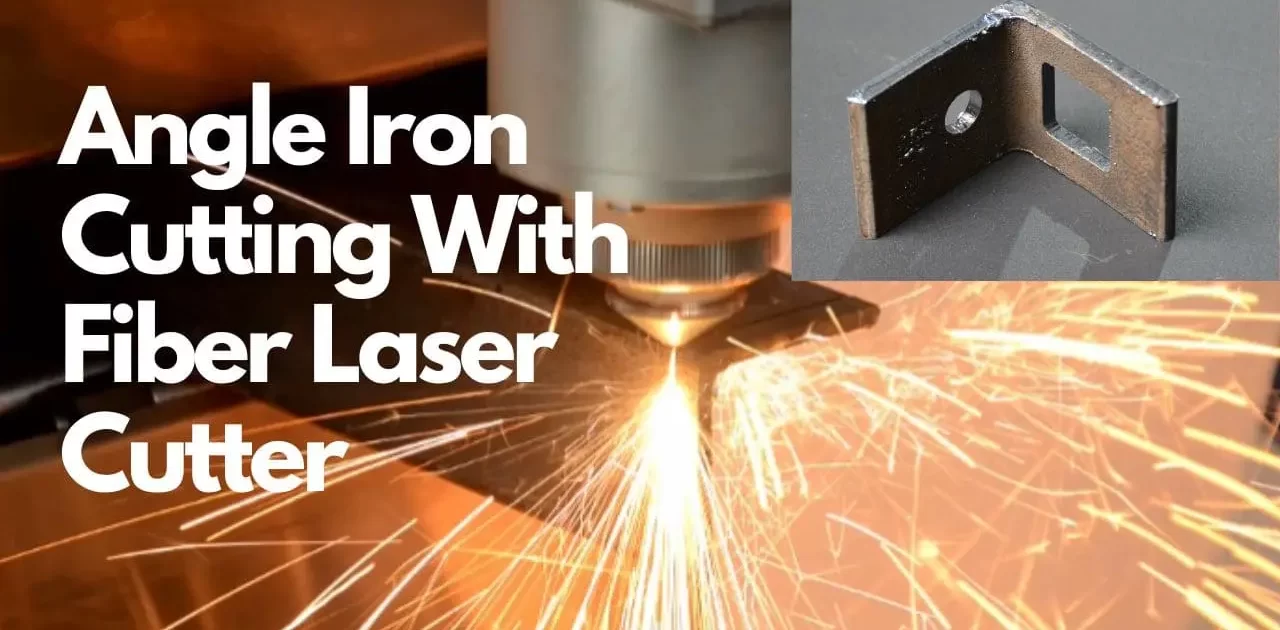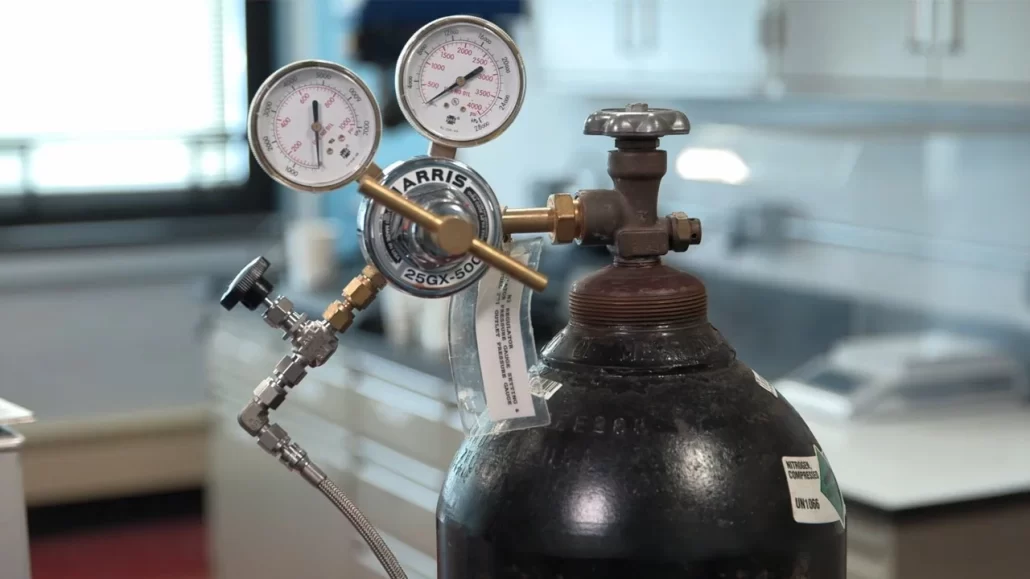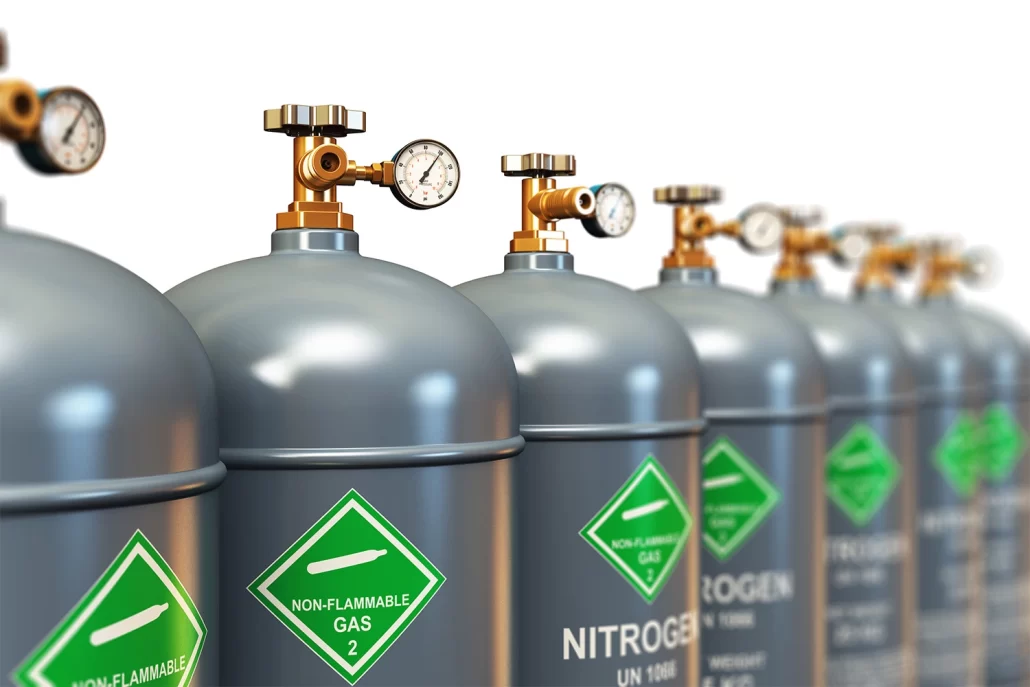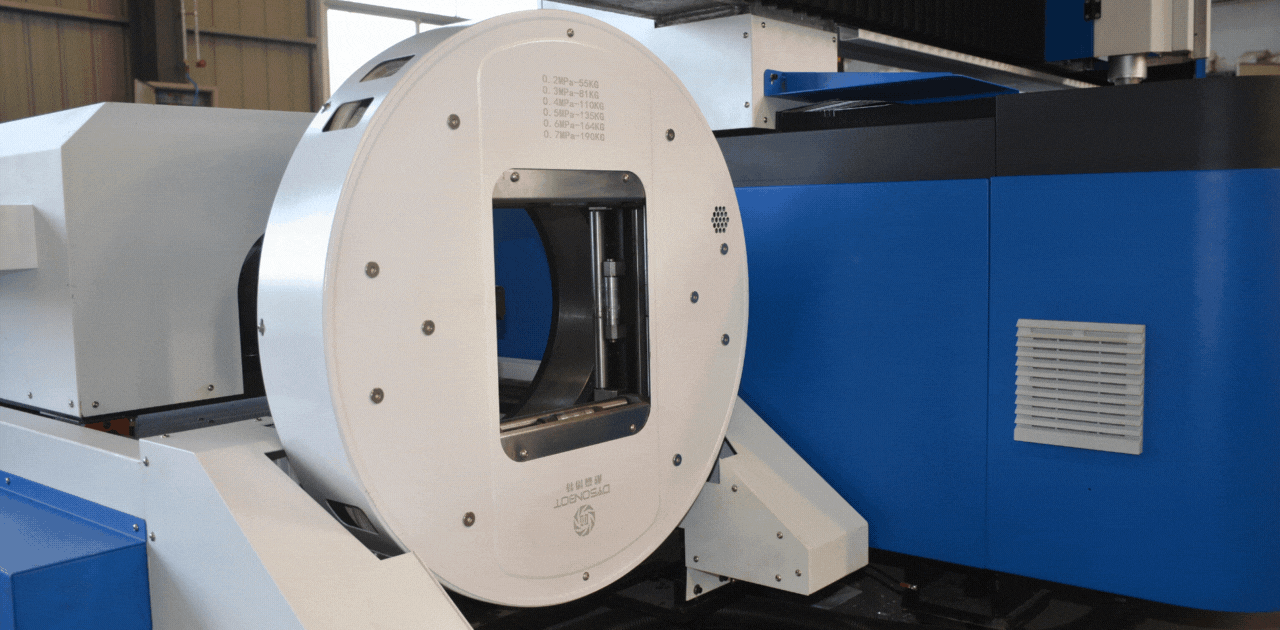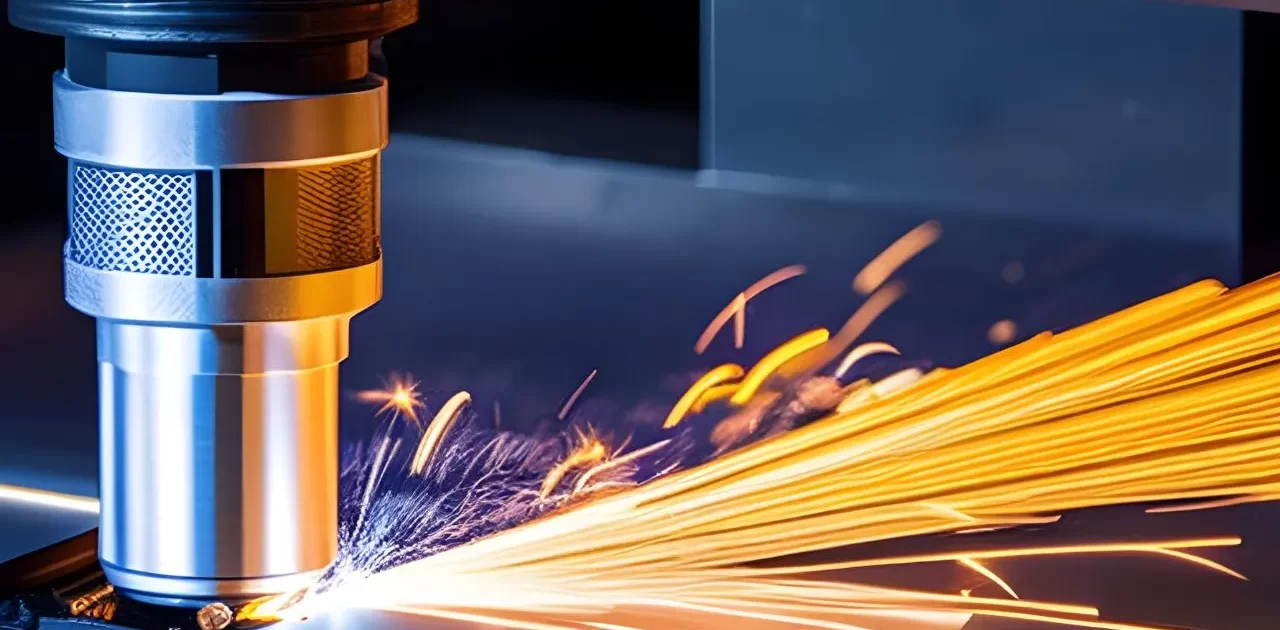When Every Cut Matters: How Fiber Laser Cutter Delivers Maximum Value For Cutting Stainless Steel
I. Introduction
Fiber laser cutter offers significant advantages for cutting stainless steel. They can achieve high precision, speed, and quality while reducing costs and environmental impact. By understanding the properties of stainless steel, factors that affect the cutting process, and best practices for optimization, manufacturers can maximize the benefits of fiber laser technology for their applications.
Fiber lasers have revolutionized laser manufacturing by providing faster, higher quality and lower-cost production while enhancing worker safety – critical advantages in today’s competitive global economy. Their unparalleled combination of high power, efficiency, quality, compactness, reliability, flexibility and safety gives manufacturers new capabilities and a competitive edge.
In this blog, we will discuss how this affects the cutting process, how to choose fiber laser cutter and more tips.
II. Fiber Laser Cutting Machine: A Brief Overview
Fiber laser cutting uses concentrated light from a fiber laser source to melt and sever materials. The laser beam is directed at the target material, where its high density of photons generates intense local heating. This causes the material to melt and vaporize, creating a cut with minimal deformation.
-
Benefits of fiber laser cutter
High precision
Excellent beam quality. Fiber lasers produce a very clean and uniform laser beam. This leads to more precise cutting, welding, drilling and engraving. It results in fewer imperfections and a superior finish.
High speed
High power and efficiency. Fiber lasers can generate high power outputs with excellent efficiency. This allows them to cut through thick materials quickly and precisely.
Low maintenance
Fiber lasers have no moving parts so they tend to be very reliable and low-maintenance. This results in minimal downtime which is critical for manufacturing operations.
Safety
The all-optical design of fiber lasers results in no exposure to laser resonator mirrors, cooling water or other potential safety hazards found in solid-state lasers. This makes them much safer to operate and interface with human workers or robotic systems.
III. Stainless Steel: Properties and Applications
-
Composition and types
Stainless steel contains chromium and nickel, which provide corrosion resistance. Typically, stainless steel contains 10.5-12% chromium and up to 8% nickel. When chromium is alloyed with iron, it forms a continuous, passive chromium-rich oxide layer that protects the underlying metal from corrosion.
The main types of stainless steel are:
• 300 series: Austenitic grade, high strength and ductility. Contains 16-20% Cr, 8-12% Ni. Stainless steel 304 and 316 are common grades. Used for cutlery, utensils, appliances.
• 400 series: Higher chromium (16-20%), lower carbon (0.08%) for even better corrosion resistance. Mostly quarantine applications.
• 200 series: Lower Cr (16-18%) so cheaper to produce but less corrosion resistant. Grade 201 is a common economical grade.
• Duplex series: Equal amounts of ferrite and austenite phases for high strength. Grades 2205 and 2304 contain 22% Cr, 3.5-4% Ni. Used offshore for pipes, pumps, valves.
• Ferritic series: Body-centered cubic phase, maximum Cr (10.5-12%) minimum Ni. Low cost, corrosion resistant but low strength. Used for cookingware, appliances. Grades 403 and 430 typical.
• Super alloys: Very high strength/creep resistance for high-temperature applications. Often contain Ni (up to 80%) and other alloys. Used for aircraft engines, heat exchangers, industrial gas turbines.
Properties: corrosion resistance, strength, and durability
Corrosion resistance: Stainless steel contains chromium which forms a thin passive oxide layer that protects the metal from corrosion. The oxide layer is self-healing and protects even when scratched.
Strength: Stainless steel has high tensile strength, hardness, and wear resistance depending on the grade. Austenitic grades like 304 are relatively soft while duplex grades are very strong.
Durability: Stainless steel is very durable due to its corrosion resistance, strength, and hardness. It can withstand high levels of stress and last a long time with little deterioration.
-
Applications of stainless steel in various industries
-
Construction
-
Stainless steel is popular for architectural elements like facades, roofs, doors and frames due to its corrosion resistance and durability. It is used to make structures long-lasting with minimal maintenance. Grades 304 and 316 are common for construction.
Automotive industry
Stainless steel is used for components such as exhaust manifolds, automotive trim, bumpers, wheels, and springs. Its corrosion resistance prevents rust while its strength enables lightweight designs. Grades 304 and 201 are often used for heat exchangers, trim and wheels.
Medical industry
Stainless steel is the material of choice for surgical instruments, implants, prosthetics, hospital equipment and hygienic/sterile devices due to its biocompatibility, corrosion resistance and durability. Surgical grade 304L is the most common grade for implants and instruments. It resists pitting and corrosion in moist environments.
Food processing industry
Stainless steel is essential for equipment and surfaces where food is prepared and served due to its hygienic qualities like corrosion resistance, hardness, ease of cleaning and thermal conductivity. It is used for sinks, tableware, appliances, pipes, processing equipment and more. Food grades 304 and 316 are typically used.
Consumer goods industry
Stainless steel is used for products such as cutlery, cookware, appliances, appliances, sinks and more due to its attractive appearance, corrosion resistance, hardness and heat conductivity. Stainless steel stays elegant, shiny and scratch-resistant with minimal maintenance. Grades 304, 316 and 430 are common for consumer goods.
IV. Fiber Laser Cutting Stainless Steel: Process and Factors
Process
-
Initiating the cutting process
A high-power fiber laser generates a focused beam of light which is directed at the stainless steel material. The light is absorbed and converted into heat, initiating melting and vaporization at the cutting edge.
-
Melting and vaporizing the material
The intense heat from the laser beam melts and then vaporizes the stainless steel, creating a narrow molten pool. As more of the material is heated and removed, the molten metal and vapor are ejected from the cutting path.
-
Ejecting molten material
An assist gas, typically nitrogen or argon, is delivered through the focus head and cutting path. The assist gas forms a jet that helps remove the molten metal droplets and prevent oxygen contamination of the molten pool and cut edge. This allows the cut to deepen and widen rapidly.
-
Completing the cut
The laser continues to melt and vaporize the stainless steel layer by layer as it is removed by the assist gas jet. The cut progresses smoothly until the laser is turned off, resulting in a clean, precise cut edge with minimal deformation.
Factors affecting the cutting process
Laser power: Higher laser power enables faster, deeper cutting of thicker sections with minimal heat and deformation to the surrounding material. However, laser power must be properly matched to the material and process to avoid issues like oxidation, cracking and warping. Higher laser power alone does not necessarily translate to better results, so other factors like cutting speed and focus position must be optimized for ahieve high precision metal cutting and maximum productivity &quality.
-
Cutting speed
Cutting speed significantly impacts cut quality and kerf width. Slower cutting speeds produce narrower kerf cuts with a cleaner edge finish and less oxidation. Faster speeds result in a rougher edge with more melt and re-solidification along the cut edge. Cutting speed must be balanced with laser power for optimal performance. Multiple tools can achieve different cutting speeds for various requirements.
-
Gas pressure
The pressure of the assist gas (oxygen, air or inert gas) impacts cut quality, kerf width and edge quality. Higher pressures help more efficiently remove molten material from the cut edge and narrow kerf cuts. Lower pressures have the opposite effect. Gas pressure should be adjusted based on material thickness, laser power, and cutting speed. For most cases, higher pressures will improve results but must be monitored to avoid blowouts.
Auxiliary gases often utilized in fiber cutting machines include oxygen, nitrogen, and air. Nitrogen is commonly utilized in the cutting of copper, aluminum, and stainless steel. In most cases, oxygen is utilized to cut carbon steel. When employing air cutting, a 10 kW air compressor is required, as well as a 7.5 KW drier and a tertiary filter.
-
Focus position
The focus position of the laser relative to the cutting material impacts efficiency, quality and kerf width. A focused beam produces the narrowest cuts and cleanest edges but the depth of focus limits the cut thickness. Defocusing the beam widens the kerf and allows cutting thicker sections, but at the cost of cut quality and edge finish. The focus position must be optimized for each material thickness to balance these factors.
-
Material thickness and type
The material properties substantially influence laser cutting performance and results. Thicker materials require higher laser power and focused beams to cut efficiently with narrow kerf widths, while thinner sections can achieve superior quality at lower powers. Different material types also cut differently, as they vary in hardness, thermal properties, oxidation tendency and other factors. Process parameters must be tailored for best results in each material.
Below is the cutting parameter of 3000W, 1500W, 1000W of fiber laser cutting machine for sale for stainless steel, including aire pressure, power, cutting thickness, speed, nozzle, focus potition and cutting height.
Note: The red-labeled parameters in the table are proofing parameters, whicharegreatly affected by various factors in actual processing, and are only suitable for small batch production. Higher power lasers are recommended for mass production processing.
V. Advantages of Fiber Laser Cutter for Stainless Steel
The advantages of fiber laser cutting machine for stainless steel are extremely compelling, resulting in its rapid adoption worldwide. As technology continues to advance, fiber laser cutting will provide even greater benefits, supporting its dominance for high-performance cutting of metals and other materials.
-
Precision and accuracy
Fiber lasers produce a high-quality focused beam that can cut very precisely with minimal roughness or irregularities, especially in thin sections. Cuts have a uniform width and can achieve ±0.01 mm accuracy. It is the best choice for high precision sheet metal cutting solution.
-
Clean cuts with minimal burr
Clean cuts with minimal burr. The concentrated beam energy and assist gas can cut cleanly through tough materials like stainless steel with minimal burr formation on either side of the cut. Burr heights are typically <0.1 mm.
-
Increased production speed
Fiber lasers provide high power for fast cutting of thick stainless steel sections. Deep sections can be cut quickly with minimal heat and distortion. They can cut steel up to 100 mm thick at high speeds.
-
Reduced heat-affected zone
The narrow focused beam minimizes heat input, resulting in a smaller HAZ where the material properties are modified. The HAZ is typically <0.3 mm for fiber laser cutting. This reduces softening,Warping and residual stresses.
-
Lower operating costs
CNC fiber laser has high power efficiency, require little maintenance, have no consumables like electrodes, and have a long lifespan. This results in lower operating and maintenance costs. They also produce minimal waste and fume extraction requirements.
-
Ability to cut complex shapes and intricate designs
The precise focused beam can cut intricate parts, profiles and features with exceptional dimensional accuracy and surface finish, even in tight spaces or with sharp corners and edges.
-
Environmentally friendly process
More fiber laser cutting benefits are producing minimal pollution, hazardous waste or emissions. It generates no toxic fumes or particulate matter that requires special filtration or containment. What fume is produced is mostly inert gases like nitrogen or argon, not toxic oxides. It is a very “green” cutting process.
VI. Tips for Optimizing Fiber Laser Cutting of Stainless Steel
With experience, optimizing these keys to setup, parameters, maintenance, equipment and monitoring will become second nature, resulting in world-class cutting results, higher productivity, lower costs and superior part quality. Optimized fiber laser cutting is the path to industrial dominance and leadership.
-
Properly setting up the machine
Ensure the fiber laser cutting machine is level for best results. Check that the cutting table, clamping mechanisms and ends effector are securely mounted and protected. Calibrate optical components like mirrors and lenses for optimal focus. Protect equipment from environmental contaminants and ensure premises conditions meet specifications.
-
Selecting the right parameters
Choose an assist gas (oxygen, air, nitrogen or argon) suitable for the material and process. Determin appropriate laser power, speed, focus position and gas pressure based on material type, thickness, complexity and cut quality requirements. Start with fiber laser cutting conservative parameters and adjust for best results. Higher power and lower speeds typically require thicker materials while higher speeds usually suit thinner sections.
-
Regular maintenance and cleaning
Conduct routine maintenance like scheduled filter replacement, optical component cleaning, and gas line inspection. Clean the cutting path, mirrors, lenses and ends effector regularly to prevent built-up debris. Wipe down the entire machine, especially splash guards, to prevent residue buildup. Maintain properly for best performance and safety.
-
Using high-quality assist gas
Use an assist gas that is properly purified and consistent in grade for best cutting results. Lower purity gases will introduce more contaminants that damage optics, clog filters or impair cutting ability. High-purity assist gases produce superior, cleaner cuts with less maintenance required.
-
Monitoring and adjusting parameters during the cutting process
Carefully monitor cutting results, kerf width and edge quality as cutting progresses. Make small adjustments to laser power, speed, focus or gas pressure as needed to optimize results. It is easier to adjust parameters during cutting than after, resulting in better cut quality, less waste and higher productivity. With practice, balancing these parameters will become highly intuitive.
VII. Choosing the Right Fiber Laser Cutter for Stainless Steel
-
Factors to consider when selecting a fiber laser cutter
Following up fiber laser cutting machine purchasing guide. By evaluating below factors, you can choose a fiber laser cutting machine that maximizes performance, quality and low maintenance for cutting stainless steel while minimizing total costs. The right machine will give you dominance in the market through superior productivity, part quality, flexibility and ease of use. And if there is no high demand on production, you may also could choose cheap fiber laser.
-
Power output
Select a fiber laser with enough power to cut the stainless steel section thicknesses required while maintaining high quality results. As a rule of thumb, more power enables faster cutting of thicker sections but also higher potential for issues if not properly controlled. For most applications, 1-5 kW of power is suitable, belongs to low cost fiber laser, while some machines offer up to 10 kW or more for extremely thick materials. Higher power requires upgrading electrical service and may increase costs.
-
Table size and workspace
How to choose a fiber laser cutter with table size and workspace? Check if it allows cutting of the largest parts needed while still leaving extra space for material placement, part handling and possible automation integration. Larger tables typically mean higher upfront and maintenance costs while smaller tables will limit maximum part size. Aim for at least 1500-3000mm x 3000-5000mm of clear table space for most applications.
Select a machine with intuitive, user-friendly software that is suited for programming complex 2D and 3D cutting profiles with high accuracy. Look for software that supports features such as nested cutting, auto-generation of support structures, toolpath optimization and simulation. Software should also enable macros, templates and easy import/export of files.
For 2D sheet cutting, we suggest :
The CypCut sheet cutting software is a comprehensive design for the fiber laser cutting business. It unifies CAD, Nest, and CAM components to simplify complicated CNC machine operating. Drawing, nesting, and workpiece cutting may all be completed with a few clicks.
CypOne is a low-cost technology developed for the advertising business, which mostly produces thin metal sheets. It is suitable for low power range laser machines and can perform operations such as drawing process, toolpath generation, method setting, laser focus control, and pallet changer, among others, to satisfy your high efficiency and quality production requirements.
CypNest is a nesting program for the CypCut/HypCut sheet laser cutting systems. To satisfy your production demands, it incorporates sophisticated operations such as drawing modification, rapid nesting, toolpath creation, analysis report, and more.
For 3D tube cutting, we suggest:
TubesT-Lite is a free toolpath generation program for the FSCUT tube cutting machine. It is intended for use with CypTube/TubePro, and it can import a part from an external igs file, draw a standard shape part, and array-nest the part on the tube.
TubePro is intended for professional tube cutting and can produce tubes and profiles of various shapes. It smoothly integrates with TubesT nesting software to provide method configuration, sophisticated toolpath creation, and nesting for standard and customized production requirements.
Consider the potential to integrate automation such as a robot, gantry system or material handling equipment. Machines that provide access to programming interfaces, I/O ports, space around the working area and a sturdy frame/base will be easier to automate for unmanned or high-volume cutting. However, automation adds significantly to upfront cost, complexity and maintenance requirements. If you are with limited budget, go for low cost fiber laser is an option.
-
Manufacturer reputation and support
Choose a reputable brand that is known for high-quality, durable fiber laser cutting machines. Look for a manufacturer that provides excellent technical support, training, service and spare parts availability, check if they are familiar with how to import fiber laser to your country, check how much does a fiber laser cost. While upfront costs may be higher, total cost of ownership will be lower if issues can be addressed promptly by a supportive manufacturer. Get to know more before purchasing a fiber laser cutter.
-
Top fiber laser cutter manufacturers
• Trotec – Trotec is a leading German brand that has manufacturing facilities in China. They are known for high-quality fiber laser cutters that provide exceptional cutting performance, precision and durability.
• Bystronic – Bystronic is a Swiss company with a strong presence in China. They supply fiber laser cutting machines for high-volume industrial cutting of metals, plastics and other materials.
• Trumpf – Trumpf is one of the largest global suppliers of laser cutting machines and systems. They are headquartered in Germany.
• Prima Power – Prima Power is a Finland-based company that develops CNC cutting machines using fiber laser, laser and punch technology.
• Coherent – Coherent is an American brand that supplies fiber laser cutting systems, heat exchangers, industrial lasers and other products.
• M/s Hamamatsu – Hamamatsu is a Japanese company that supplies industrial fiber laser cutting machines aimed at high-volume manufacturing.
VIII. Safety Precautions for Fiber Laser Cutting Stainless Steel
By following these guidelines and best practices, fiber laser metal cutting can be completed with minimal risk to people, equipment, facilities and the environment.
- Understanding hazards associated with laser cutting
Laser cutting poses risks like intense focused light, hot materials/surfaces, gases, fumes and sparks/slag. Operators must understand all potential hazards to work safely.
- Properly training operators
All operators must receive comprehensive training on machine safety, lighting/disabling the laser, emergency shutoff, and relevant protective equipment before using the laser cutter. Only properly trained personnel should operate the equipment.
- Using appropriate personal protective equipment
Operators and bystanders must wear safety glasses with UV protection, protective gloves, steel-toed shoes, dust masks and close-fitting respirators as required. Hazardous vapors may also necessitate protective suits or SCBA equipment.
- Implementing safety protocols and guidelines
Clear rules must be established for addressing issues like machine malfunctions, gas leaks, fires, laser misfires, entrapment, instability, toxicity, etc. Safety guides should cover setup, operation, maintenance and emergency response procedures.
- Protecting from intense focused light
Direct/reflected laser light can cause blindness. The laser beam path must be enclosed within safeguards like barriers, curtains and interlocks with e-stops. No lasers should emit directly to unprotected areas.
- Containing sparks, slag and hot materials
Metal sparks, slag and hot cut pieces can cause burns, fires, and explosions. Shields, guards, chutes and quenching/cooling systems must direct all debris into properly provided and sealed containers.
- Monitoring gas usage and leaks
Flammable/toxic gases used as assist fuels pose risks of asphyxiation, explosion and fire. Proper ventilation, gas detectors, valve controls and shutoff systems should be in place to prevent buildup and leakage.
- Combating potential fires
Due to gas usage, hot processing and sparks, fire is a constant threat. Fire suppression systems, extinguishers, sand/vermiculite, and clearly marked emergency routes must be provided.
- Providing access for emergency response
An appropriately sized access path must lead to each laser cutter to allow quick entry/exit and rescue/response equipment access in case of emergency.
- Conducting regular inspections and maintenance
Rigorous inspection and maintenance schedules should be followed to ensure all safety systems, mechanisms and features remain properly installed, functional and in good working condition.
IX. Conclusion
In short, invest in the performance, cost-effectiveness and competitive advantage of fiber laser cutting technology. Superior quality, flexibility and sustainability at a fraction of the total cost. A proven solution with more and more affordable options to suit any budget. Stay on the cutting edge or get left behind. The future is here – don’t delay progress any longer!
Transform your business through the tons of benefits fiber laser cutter provides for little risk or headache. You have analyzed the potential, now make the leap to future success and prosperity. Laser cutting pays for itself, so the time for you to get start business with fiber laser cutting machine now.

